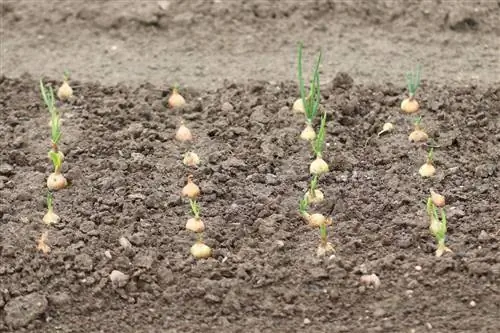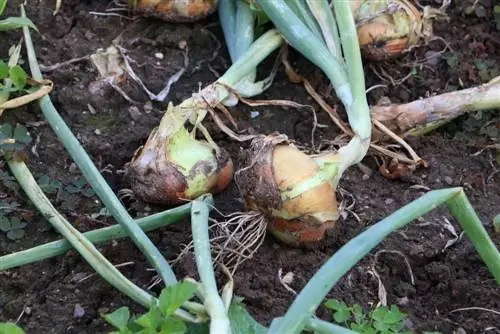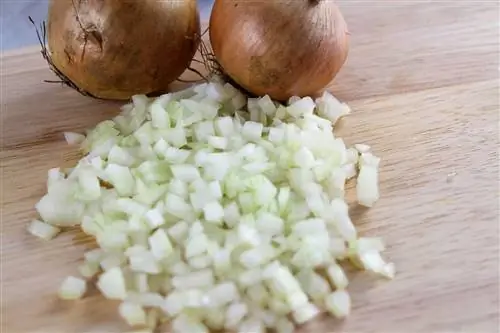- Author admin [email protected].
- Public 2023-12-17 03:39.
- Last modified 2025-01-24 12:45.
Creating the right mixed culture prevents the plants from having to compete for the nutrients they need. But which plants go well with onions? The following list shows it.
Savory
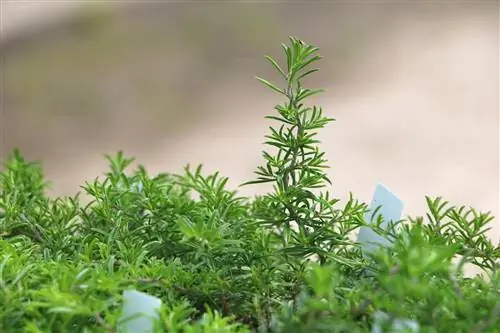
- Botanical names: Satureja spec., Satureja hortensis and Satureja montana
- Varieties: is differentiated into summer and winter savory
- Height: 30 to 40 centimeters
- Flowering time: August to September
- Flower color: white, pink, violet
- Use: Culinary herb or seasoning herb
- Special features: is also used as a medicinal herb
- Hardy: yes
Dill
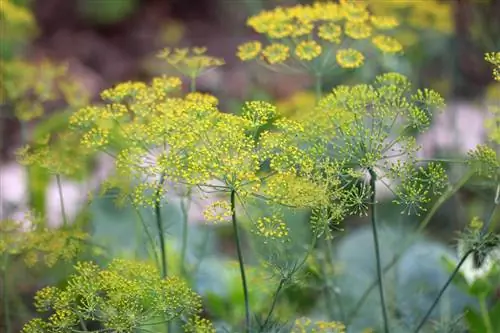
- Botanical name: Anethum graveolens
- Height: up to one meter
- Flowering time: May to October
- Flower color: yellow
- Use: as a culinary herb or spice herb
- Special features:grows higher during flowering
Strawberries
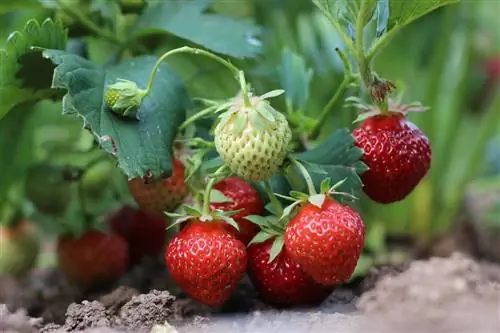
- Botanical name: Fragaria
- Varieties: Numerous varieties available that differ in taste and growth habit
- Height: up to 30 centimeters
- Flowering time: depending on the variety usually from March to May
- Flower color: white to pink
- Use: versatile as fruit
- Special features: Botanically speaking, it is not a berry, but a collective nut fruit
Chamomile
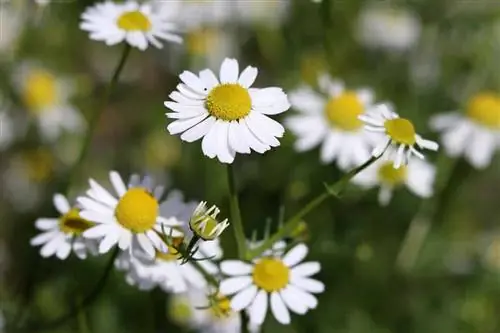
- Botanical name: Matricaria chamomilla L.
- Height: 15 to 50 centimeters
- Flowering time: May to September
- Flower color: white
- Uses: Tea, ointments and other herbal remedies such as tinctures
- Special features: spread almost worldwide due to the low demands and versatile application possibilities
carrot
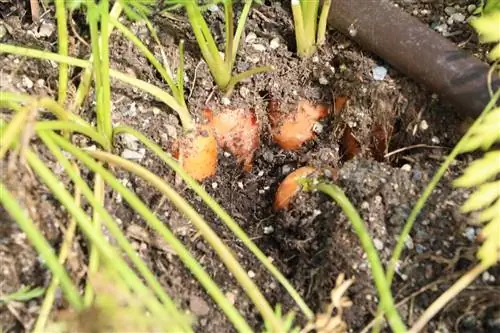
- Botanical name: Daucus carota subsp. sativus
- Varieties: different colors, also vary in taste
- Height: the green can be 20 to 30 centimeters high
- Uses: Juice, smoothies, raw, cooked
- Special features: can be used against diarrhea, among other things; low calorie content; Green is also edible
Lettuce
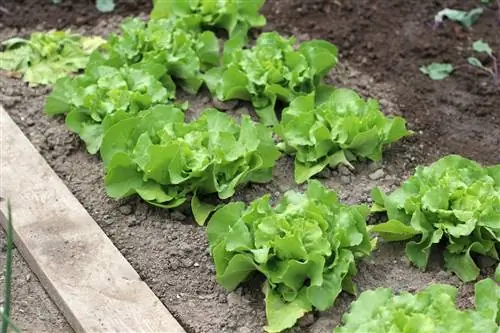
- Botanical name: Lactuca sativa
- Varieties: different varieties with different harvest dates
- Height: about 20 centimeters
- Use: as a salad, in warm dishes, on bread and in green smoothies
- Special features: very low in calories
Pumpkin
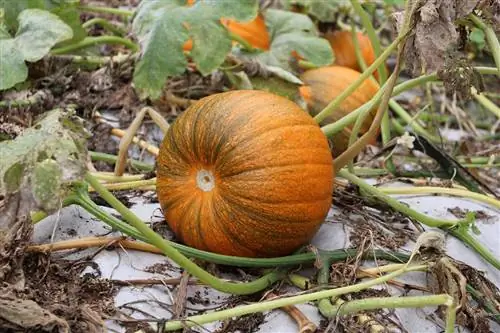
- Botanical name: Cucurbita
- Varieties: numerous different varieties available
- Height: depending on the respective variety about 20 to 40 centimeters
- Flowering time: June to August
- Flower color: yellowish
- Use: as soup, pickled or cooked vegetables; purely decorative varieties also available
- Special features: Flowers are also edible and a delicacy when filled
Beetroot
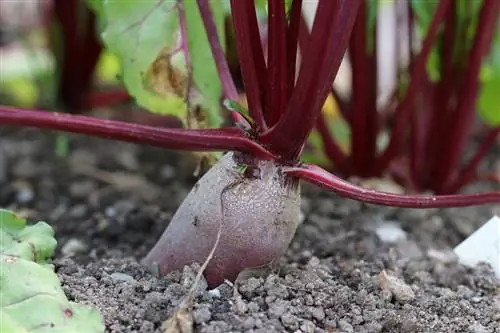
- Botanical name: Beta vulgaris subsp. vulgaris Conditiva Group
- Varieties: several varieties with different colors and aromas
- Height: the herb grows to a height of 10 to 20 centimeters
- Use: suitable for juice, salad, preserves, soups and many recipes
- Special features: is considered a superfood, herbs can also be used
Tomato

- Botanical name: Solanum lycopersicum
- Varieties: numerous varieties in different colors and different flavors
- Height: 20 centimeters to two meters
- Flowering time: depends on variety and culture, flowering can begin during pre-breeding
- Flower color: white to yellow
- Usage: Versatile uses
- Special features: nutrient-rich but low in calories
Zucchini
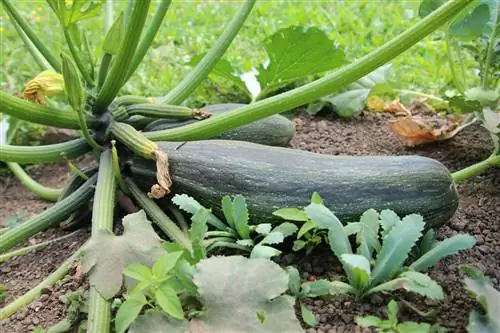
- Botanical name: Cucurbita pepo subsp. pepo convar. giromontiina
- Varieties: several varieties or cultivated forms available
- Height: depending on the variety 40 to 70 centimeters
- Flowering time: June to October
- Flower color: yellow to orange
- Use: Fruit and flowers are edible
- Special features: bring very high yields

